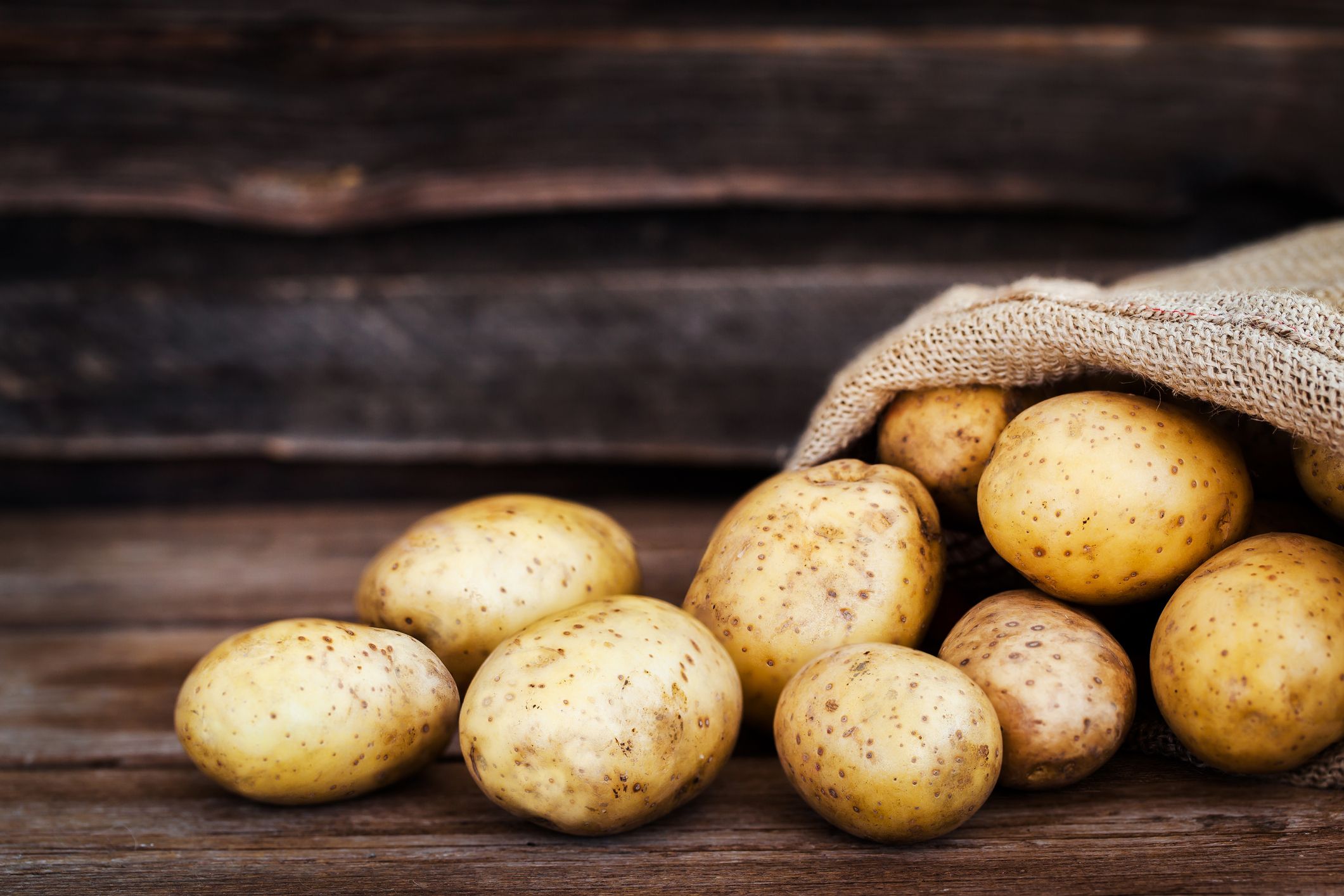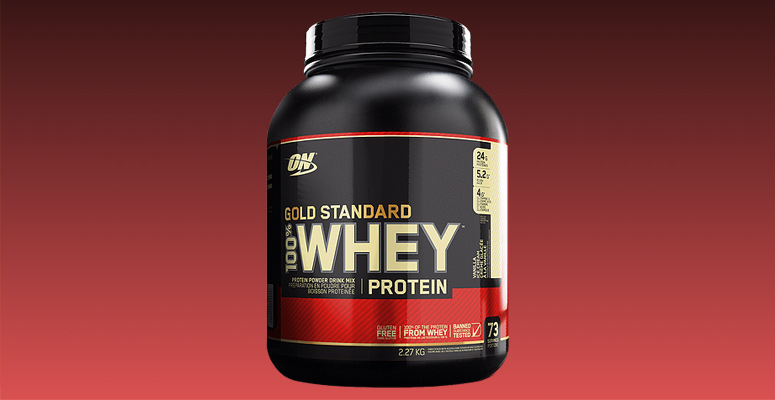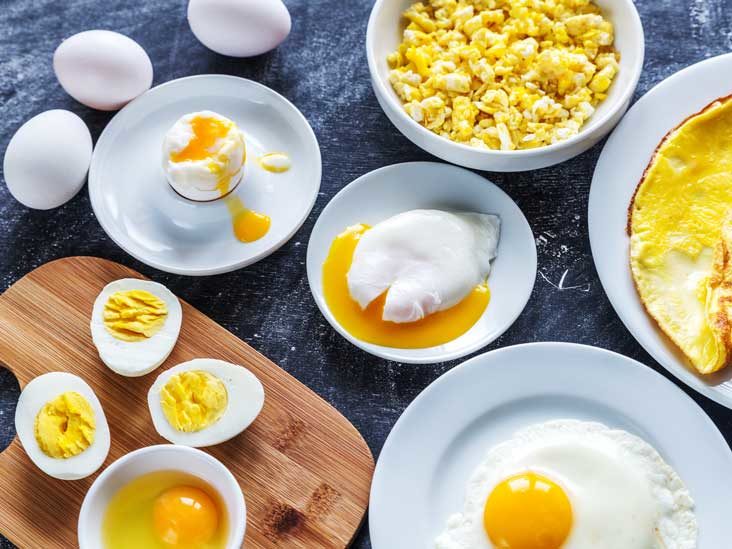More and more people are interested in following vegetarian or vegan diets or reducing their use of animal products. A shift away from animal products is getting easier with more fortified and nutritious plant-based foods available.
A person may try a vegan diet for health, animal welfare, or religious reasons. In 2016, the Academy of Nutrition and Dietetics stated that a vegetarian or vegan diet could provide all the nutritional requirements of adults, children, and those who were pregnant or breast-feeding.
Even so, getting enough protein and essential vitamins and minerals can be harder for people who do not eat meat or animal products. A person must plan ahead to ensure they get enough protein, calcium, iron, and vitamin B-12, which people on an omnivorous diet get from animal products.
Read on for a list of some of the best plant-based foods for protein. We also discuss the differences between animal and plant proteins, and whether plant-based protein powders can be good sources of protein.
Fifteen best plant-based proteins
The right plant-based foods can be excellent sources of protein and other nutrients, often with fewer calories than animal products.
Some plant products, such as soy beans and quinoa, are complete proteins, which means that they contain all nine essential amino acids that humans need. Others are missing some of these amino acids, so eating a varied diet is important.
The following healthful, plant-based foods have a high-protein content per serving:
1. Tofu, tempeh, and edamame

Soy products are among the richest sources of protein in a plant-based diet. The protein content varies with how the soy is prepared:
- firm tofu (soybean curds) contains about 10 g of protein per ½ cup
- edamame beans (immature soybeans) contain 8.5 g of protein per ½ cup
- tempeh contains about 15 g of protein per ½ cup
Tofu takes on the flavor of the dish it is prepared in so that it can be a versatile addition to a meal.
People can try tofu, as a meat substitute, in a favorite sandwich or soup. Tofu is also a popular meat substitute in some dishes, such as kung pao chicken and sweet and sour chicken.
These soy products also contain good levels of calcium and iron, which makes them healthful substitutes for dairy products.
2. Lentils

Red or green lentils contain plenty of protein, fiber, and key nutrients, including iron and potassium.
Cooked lentils contain 8.84 g of protein per ½ cup.
Lentils are a great source of protein to add to a lunch or dinner routine. They can be added to stews, curries, salads, or rice to give an extra portion of protein.
3. Chickpeas

Cooked chickpeas are high in protein, containing around 7.25 g per ½ cup.
Chickpeas can be eaten hot or cold, and are highly versatile with plenty of recipes available online. They can, for example, be added to stews and curries, or spiced with paprika and roasted in the oven.
A person can add hummus, which is made from chickpea paste, to a sandwich for a healthful, protein-rich alternative to butter.
4. Peanuts

Peanuts are protein-rich, full of healthful fats, and may improve heart health. They contain around 20.5 g of protein per ½ cup.
Peanut butter is also rich in protein, with 3.6 g per tablespoon, making peanut butter sandwiches a healthful complete protein snack.
5. Almonds

Almonds offer 16.5 g of protein per ½ cup. They also provide a good amount of vitamin E, which is great for the skin and eyes.
6. Spirulina

Spirulina is blue or green algae that contain around 8 g of protein per 2 tablespoons. It is also rich in nutrients, such as iron, B vitamins — although not vitamin B-12 — and manganese.
Spirulina is available online, as a powder or a supplement. It can be added to water, smoothies, or fruit juice. A person can also sprinkle it over salad or snacks to increase their protein content.
7. Quinoa

Quinoa is a grain with a high-protein content, and is a complete protein. Cooked quinoa contains 8 g of protein per cup.
This grain is also rich in other nutrients, including magnesium, iron, fiber, and manganese. It is also highly versatile.
Quinoa can fill in for pasta in soups and stews. It can be sprinkled on a salad or eaten as the main course.
8. Mycoprotein
Mycoprotein is a fungus-based protein. Mycoprotein products contain around 13 g of protein per ½ cup serving.
Products with mycoprotein are often advertised as meat substitutes and are available in forms such as “chicken” nuggets or cutlets. However, many of these products contain egg white, so people must be sure to check the label.
A very small number of people are allergic to Fusarium venenatum, the fungus from which the mycoprotein brand known as Quorn is made. People with a history of mushroom allergies or with many food allergies may wish to consider another protein source.
9. Chia seeds

Seeds are low-calorie foods that are rich in fiber and heart-healthy Omega-3 fatty acids. Chia seeds are a complete source of protein that contain 2 g of protein per tablespoon.
Try adding chia seeds to a smoothie, sprinkling them on top of a plant-based yogurt, or soaking them in water or almond milk to make a pudding.
Chia seeds are available from some supermarkets, health food stores, or to buy online.
10. Hemp seeds

Similarly to chia seeds, hemp seeds are a complete protein. Hemp seeds offer 5 g of protein per tablespoon. They can be used in a similar way to chia seeds. Hemp seeds can also be bought online.
11. Beans with rice
Separately, rice and beans are incomplete protein sources. Eaten together, this classic meal can provide 7 g of protein per cup.
Try rice and beans as a side dish, or mix rice, beans, and hummus together then spread on Ezekiel bread, which is made from sprouted grains, for a savory, protein-packed meal.
12. Potatoes

A large baked potato offers 8 g of protein per serving. Potatoes are also high in other nutrients, such as potassium and vitamin C.
Add 2 tablespoons of hummus for a flavorful snack that is healthier than butter-covered potatoes and increases the protein content. Two tablespoons of hummus contain about 3 g of protein.
13. Protein-rich vegetables
Many dark-colored, leafy greens and vegetables contain protein. Eaten alone, these foods are not enough to meet daily protein requirements, but a few vegetable snacks can increase protein intake, particularly when combined with other protein-rich foods.
- a single, medium stalk of broccoli contains about 4 g of protein
- kale offers 2 g of protein per cup
- 5 medium mushrooms offer 3 g of protein
Try a salad made from baby greens with some quinoa sprinkled on top for a protein-rich meal.
14. Seitan
Seitan is a complete protein made from mixing wheat gluten with various spices. The high-wheat content means that it should be avoided by people with celiac or gluten intolerance. For others, it can be a protein-rich healthful meat substitute.
When cooked in soy sauce, which is rich in the amino acid lysine, seitan becomes a complete protein source offering 21 g per 1/3 cup.
15. Ezekiel bread
Ezekiel bread is a nutrient-dense alternative to traditional bread. It is made from barley, wheat, lentils, millet, and spelt. Ezekiel bread is an excellent choice for bread lovers who want a more nutritious way to eat toast or sandwiches.
Ezekiel bread offers 4 g of protein per slice. Get even more protein by toasting Ezekiel bread and spreading it with peanut or almond butter.
What about protein supplements?
Some protein powders are plant-based. Depending upon the plants used to make the powders, they may be complete or incomplete proteins.
The position of the American Dietetic Association is that while food supplements can help people meet their daily nutrition goals, eating a wide variety of nutrients rich in protein is usually a better strategy for meeting daily goals.
Some protein supplements may also be high in sugar or sodium to improve the taste, so it is important to read the nutrition labels.
Plant vs. animal protein
The Academy of Nutrition and Dietetics recommends a minimum daily protein intake of 0.8 grams (g) of protein per kilogram of body weight, or about 60 g for a person who weighs 165 pounds. People aiming to build muscle, pregnant or nursing women, and older adults may need more protein.
Animal products such as meat, eggs, and milk are naturally high in protein, which is an essential nutrient made up of amino acids. This makes it easier for people who consume animal products to meet their daily protein needs.
The human body creates 11 amino acids but must get another nine from food. Animal products are complete proteins, meaning they contain all the amino acids. Some plant products, such as soya beans and quinoa, are also complete proteins while others are incomplete proteins.
A person following a vegan or vegetarian diet should eat a varied diet of plant-based foods to get the required range of amino acids. This includes high-protein foods, such as tofu, tempeh, lentils, nuts, seeds, and quinoa.
Benefits and risks of a vegetarian or vegan diet

A diet free of animal products requires planning and research to ensure a person’s nutritional needs are met. For some, this is a benefit, as it encourages them to think about their diet and understand the nutritional content of the foods they eat. For others, it can prove challenging and lead to nutritional deficits.
The Academy of Nutrition and Dietetic notes that a vegetarian or vegan diet can lower the risk of some diseases, such as certain forms of heart disease and cancer, and may promote weight loss.
A study from 2014 looked at the nutritional intakes of 1,475 people and found that people with a vegan diet consumed less saturated fat and less dietary cholesterol than those on omnivorous diets. But they also had the lowest protein, calcium, and energy intake scores. Vitamin B-12 levels were normal, possibly because people used fortified foods.
The Academy of Nutrition and Dietetics stated in 2016 that people on vegetarian or vegan diets are at a lower risk of various illnesses, including:
- ischemic heart disease
- certain cancers
- type 2 diabetes
- hypertension
- obesity
A study from 2017 looking at over 70,000 women found that those with a diet higher in healthful plant-based foods had a lower risk of coronary heart disease.
A vegan diet tends to be low calorie, making it easier for vegans to manage their weight. Because many processed foods are not vegan, a vegan diet may preclude many unhealthful, high-sodium prepackaged foods.
Another 2017 study found that a vegan whole foods diet could significantly reduce inflammation in people with coronary artery disease. This suggests that a vegan diet may improve heart health.
Summary
Going vegan or vegetarian requires some planning. With the right protein-based plant food, however, people who avoid animal products can eat balanced diets that support a healthy body and reduce the risks of some diseases.
It is important to discuss dietary portions with a doctor or nutritionist, since vegan or vegetarian diets may lack some vital nutrients, necessitating the use of dietary supplements or learning how to include certain foods that are high in these nutrients.


